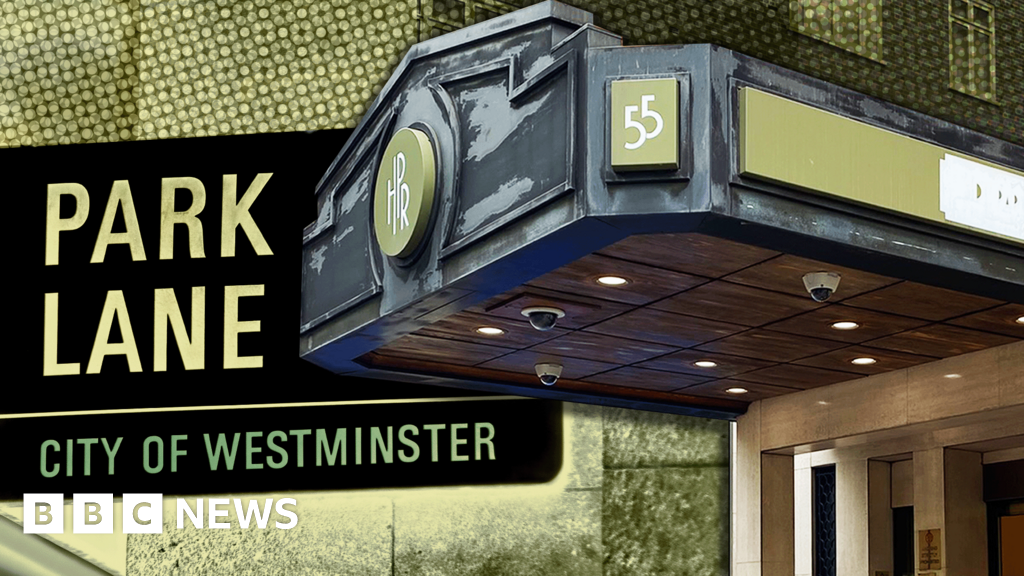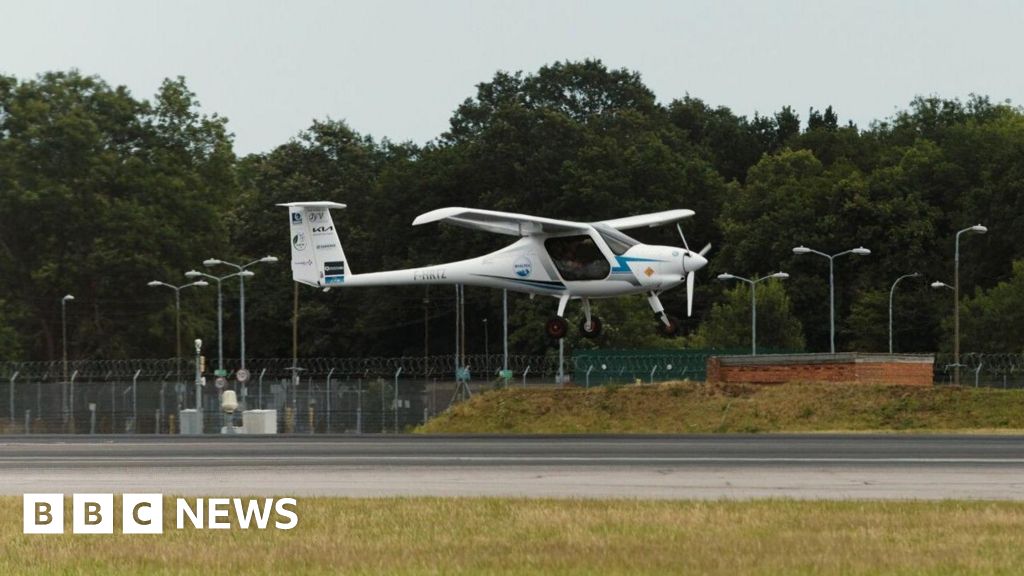Planting trees is a simple idea, yet the details – from which species are used to how they’re arranged within a forest – shape the climate benefits we reap.
Advanced computer models make it possible for scientists to peer inside virtual forests. They can test every possible arrangement before a single sapling goes into the ground.
A new study used those models to show that layout matters almost as much as species choice. The research was led by Rémy Beugnon at the German Centre for Integrative Biodiversity Research (iDiv).
Mixing trees boosts growth
Researchers call the fine‑grained mix of species in a stand spatial heterogeneity. When that mix is high, neighboring trees draw different nutrients, share light, and leave a patchwork of leaf litter that fuels underground life.
Beugnon’s team modeled eight subtropical species in thousands of simulated plots and compared designs ranging from single‑species blocks to fully shuffled grids.
The models predicted that random layouts move nutrients faster through the system, lifting both growth and recycling.
“The models show that random planting designs increased tree biomass by 11 percent compared to clustered layouts,” said Rémy Beugnon, first author of the study.
Random forest designs pay off
Across the forest simulations, shuffling species raised aboveground biomass by 11 percent over block plantings, even though every plot carried the same number of stems.
The extra wood comes from chance neighbors; tall shade‑tolerant trunks share space with shorter sun‑lovers, wasting less light and soil.
A 2023 global analysis of more than 10,000 plots found a similar pattern, reporting that each additional tree species added roughly one‑third of a ton of extra wood per acre by boosting canopy complexity.
For managers locked into mechanical harvesting, random layouts can be intimidating. Yet the payoff shows why many reforestation guides now favor flexible rows or small patches over the classic monoculture block.
Mixed trees enrich soil
Dead leaves are not waste; they drive litter decomposition that returns nitrogen and carbon to roots. In the models, mixed canopies dropped litter more evenly across the forest floor, smoothing out nutrient hot and cold spots.
Carbon loss from litter after nine months climbed from 36.5 percent in block plantings to 47.1 percent in random mixes, a jump big enough to shift the soil’s entire carbon budget.
Field experiments in subtropical China showed that doubling tree species richness sped up decomposition by up to 25 percent through thicker, more varied leaf fall.
Faster turnover does not mean carbon is lost. Instead, it channels organic matter into microbial pathways that lock it deeper in the soil profile.
A tidy path to forest diversity
The Leipzig group tested a middle ground called “line planting,” alternating single or double rows of different species. Lines keep machinery lanes clear while still mixing neighbors along their edges.
Their simulations showed that line layouts decomposed 40.4 percent of litter carbon in nine months -halfway between blocks and fully random, yet easy to mark out with a tape measure.
“We can leverage biodiversity in forests if we arrange it in the right way,” said Nico Eisenhauer, professor at Leipzig University and iDiv group leader.
For many operational foresters, that design tweak may be the cheapest route to healthier soils – without rewriting the entire planting manual.
Planting diversity fuels forest gains
Layout is only half of the equation; adding species amplifies its effect. In mixed stands, each extra species multiplied the layout benefit, but in block designs the diversity effect nearly vanished.
When eight species were scattered randomly, decomposition leapt by more than ten percentage points compared with similar blocks. In contrast, two‑species plots barely budged.
A pan‑American census reported that forests holding a wider spread of life‑history strategies stored more carbon over time, even after accounting for climate. Thus, thinking in two dimensions – what trees and where – can stretch every acre planted toward national carbon targets.
Climate goals need forest designs
Beugnon and colleagues plan long‑term field tests to see how windthrow, pests, and thinning interact with mixed layouts over decades.
Policymakers drafting reforestation incentives could build spatial criteria into grant rules, rewarding forest designs that mix species at the row scale rather than the stand scale.
With roughly 470 million acres already pledged for restoration worldwide, even a 10 percent biomass lift adds up. That increase translates into gigatons of extra carbon locked away.
Choosing the right forest design from the start costs nothing yet pays dividends for centuries, making it one of the simplest levers in the climate toolkit.
The study is published in the journal Nature Communications.
—–
Like what you read? Subscribe to our newsletter for engaging articles, exclusive content, and the latest updates.
Check us out on EarthSnap, a free app brought to you by Eric Ralls and Earth.com.
—–









 English (US) ·
English (US) ·